Wine reviews: Why Australians should get back on the claret
Cabernet and Shiraz blends are Australia’s red-wine statement to the world, from everyday value to super-luxury styles. We once called them claret, and it’s high time we took back the term from the Brexiteers and European Union bureaucrats.

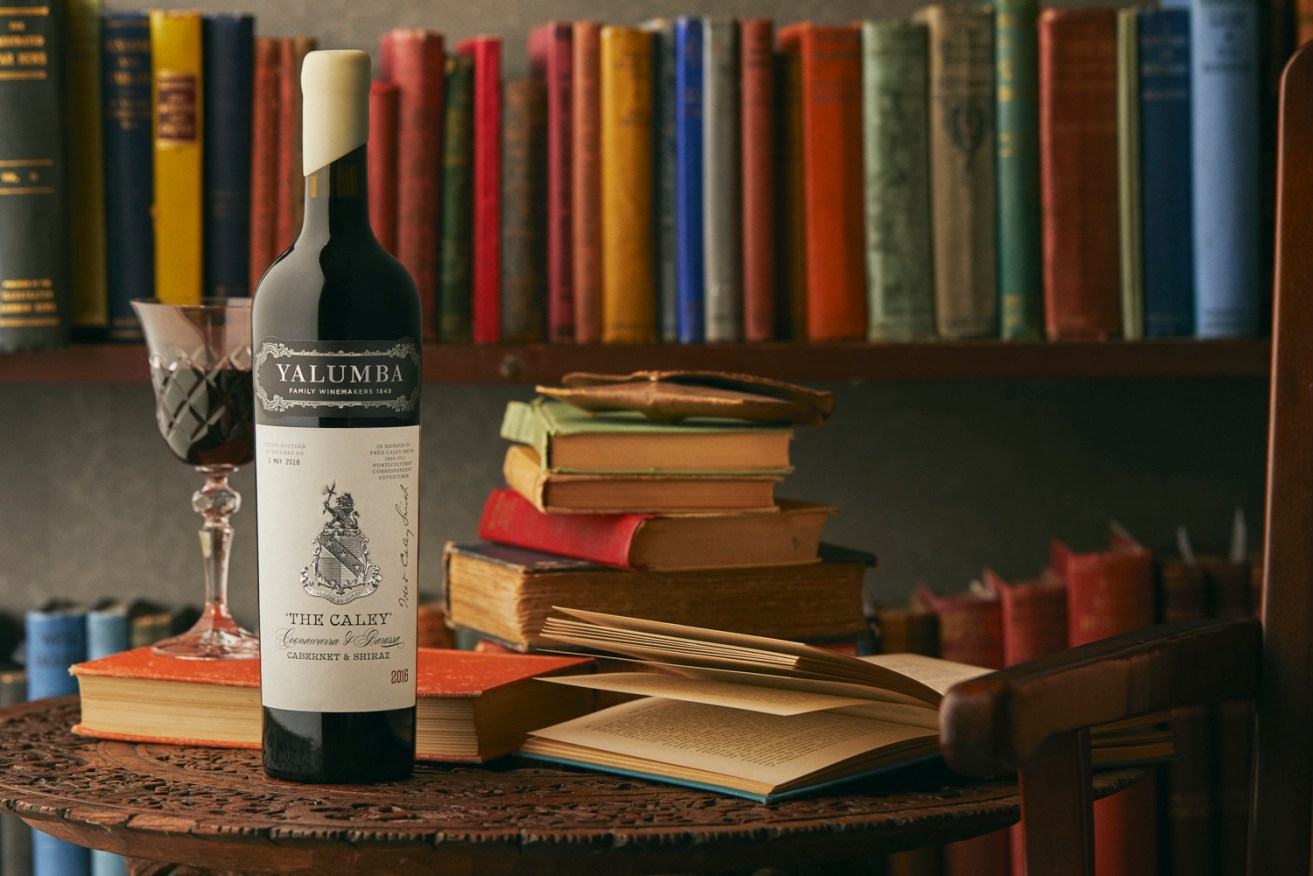
Even the Yalumba PR shot has an old-timey claret feel. Photo supplied by Yalumba
There’s something about the word “claret” that resonates true grit. With a side of larrikin.
When sports commentators choose it for the spilling of blood, the euphemism takes on a unique Aussie linguistic quirk. We hate blood, but maybe not as much as leaking a single drop of red.
When actor Leo McKern gave life to author John Mortimer’s crusty barrister Rumpole of the Bailey’s penchant for a luncheon bottle of claret in the 1970s and ‘80s television series of the same name, audiences understood immediately that the character’s grumpy, old-world view was crusty yet heartfelt.
Life, as Horace Rumpole saw it, was just that little bit better with a bottle of claret in front of you.
Unfortunately, we’ve had to eliminate the term from our wine lexicon, due to the EU determining “claret” as a traditional European expression, coined by the British, even though it had no strict appellation or stylistic attachment and referred generally to red wine out of France’s Bordeaux region.
We “wuz” robbed by that so-called trade off.
South Australian winemakers had been making our own claret styles since the 1890s, essentially a blend of Cabernet Sauvignon and Shiraz that had become favoured as a true Antipodean potion and, in the process, claimed a genuine, contemporary stake in the use of the c-word, both here and across the seas.
One of the greatest proponents of the blend has been Angaston-based Yalumba, which has been producing a solid lineup since the 1880s and 1890s. The oldest claret in the company’s extraordinary museum, according to head winemaker Louisa Rose, is one bottle of vintage 1919, hidden well away.
Other producers like Romalo, headed by legendary French winemaker Edmond Mazure, crafted early variations, as did Chateau Reynella in the Southern Vales.
Yalumba continued the style with Four Crown Claret in the 1930s, Galway Special Reserve Claret and eventually one of its most recognisable reds, The Signature, which was first made in 1962 and remains a powerhouse brand, and style, today.
In that same year, Penfolds made a claret from a blend of Coonawarra Cabernet and Barossa Shiraz that was called, in the company’s prosaic manner, Bin 60A. Many fortunate enough to have tasted this special bin have referred to it as the greatest wine ever made in this country. Hyperbole will get you everywhere; at least it set a bar for what can be internationally respected as a great Australian red wine style.
It’s a beautiful harmony, a beautiful blend, that is now proprietary to Australia
Many have followed in its wake. The famed Jimmy Watson Trophy has been awarded more than a dozen times to wines entered as claret or claret type, including a remarkable three in a row run by Wolf Blass Black Label – 1974-1976 – topped up by a fourth in 1999. The wine remains one of the Wolf Blass superior outings in much the same manner as its earliest design.
The genre has been so important in our wine culture that two leading wine critics, Australian Tyson Stelzer and Englishman Matthew Jukes, set up a judging and show award, The Great Australian Red, to celebrate what they called “the blend that defines Australia: Cabernet Sauvignon and Shiraz.”
In their award statement, they said: “The Cabernet Shiraz blend is Australia’s definitive wine style, its only unique and age-worthy flagbearer to stand confidently alongside the benchmark red wines of Bordeaux, Burgundy, the Rhône, Piedmont, Tuscany and California.”
Award winners have featured many of the great traditional producers including Penfolds, Hardy’s, Orlando (as Jacob’s Creek), Wolf Blass, and for two years running, 2014-2015, Yalumba with its 2012 The Caley Cabernet Sauvignon Shiraz.
That wine was the first vintage of the company’s ultimate expression of an Australian “super-claret”, a refined blend of, once again, Coonawarra Cabernet Sauvignon and Barossa Shiraz. The latest iteration, the 2016, has just been released (pictured above), and deserves the kind of attention all the great examples of the style before it had received.
The wine is named after Fred Caley Smith, grandson of Yalumba’s founder Samuel Smith, a horticulturist who played a major role in developing the company’s orchards and vineyards. In 1893-94 he travelled to the US, UK, the Middle East, India and Sri Lanka to introduce Yalumba wines to different markets and to learn about different methods of sustainable farming.
He wrote many letters home of his discoveries, but they were lost to the Smith family until 1999 when an old suitcase was found beneath the staircase leading to the famous Yalumba clocktower.
The family didn’t realise the importance of Fred Caley Smith’s journey in opening up opportunities and markets around the world until they read and archived those reports. Fred’s spirit of adventure and knowledge has continued through many generations, says senior brand manager and family member Jessica Hill-Smith.
The Caley is an important part of Yalumba’s story with the claret wine style, head of winemaking Louisa Rose says.
Her colleague and hands-on Caley winemaker Kevin “KG” Glastonbury knows that even with five vintages under his belt with it, the wine is evolving still, but will always consist of a Coonawarra Cabernet and Barossa Shiraz, including both old vine fruit from the Valley floor as well as Eden Valley Shiraz. The sweet spot seems to be around the 70:30 percentage of Cabernet in the lead.
“To be part of the wine’s creation and evolution is very exciting,” KG says. “It’s a journey that’s not going to go away.”
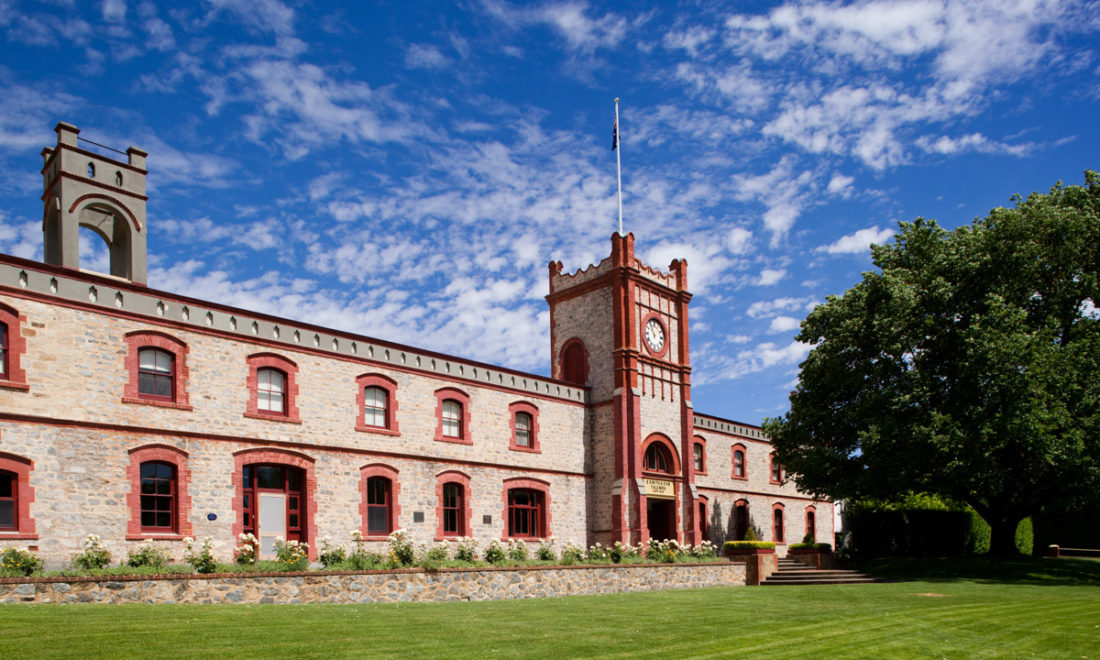
Yalumba at Angaston has been making wines in the claret style since the 19th century. Suplied image
From a very different perspective, Frenchman and adopted South Australian Xavier Bizot has come to the realisation that the Cabernet-Shiraz blend is not only emblematic of the Australian wine culture, but free of the constraints of French appellation rules can bring together the best of varieties and regions to deliver world-class wines.
He has devoted his whole red wine ethos in the Terre a Terre brand from his family Crayeres vineyard in SA south-east region Wrattonbully to the blend, making three variations that all celebrate the style.
“The Cabernet-Shiraz blend has always pleased, for logical reasons,” he says. “Cabernet Sauvignon provides tannins, aromatics and length to a wine, all enhanced with a sweet core of Shiraz fruit which fills out the middle palate.
“The blend elevates the separate elements to something higher.”
He believes it is one of the key styles that he can take to the rest of the world and make a statement about our place on the global wine map.
“It’s a beautiful harmony, a beautiful blend, that is now proprietary to Australia,” he says.
“I would go further – it’s something distinctively from South Australia.”
Tasting notes
Yalumba The Caley 2016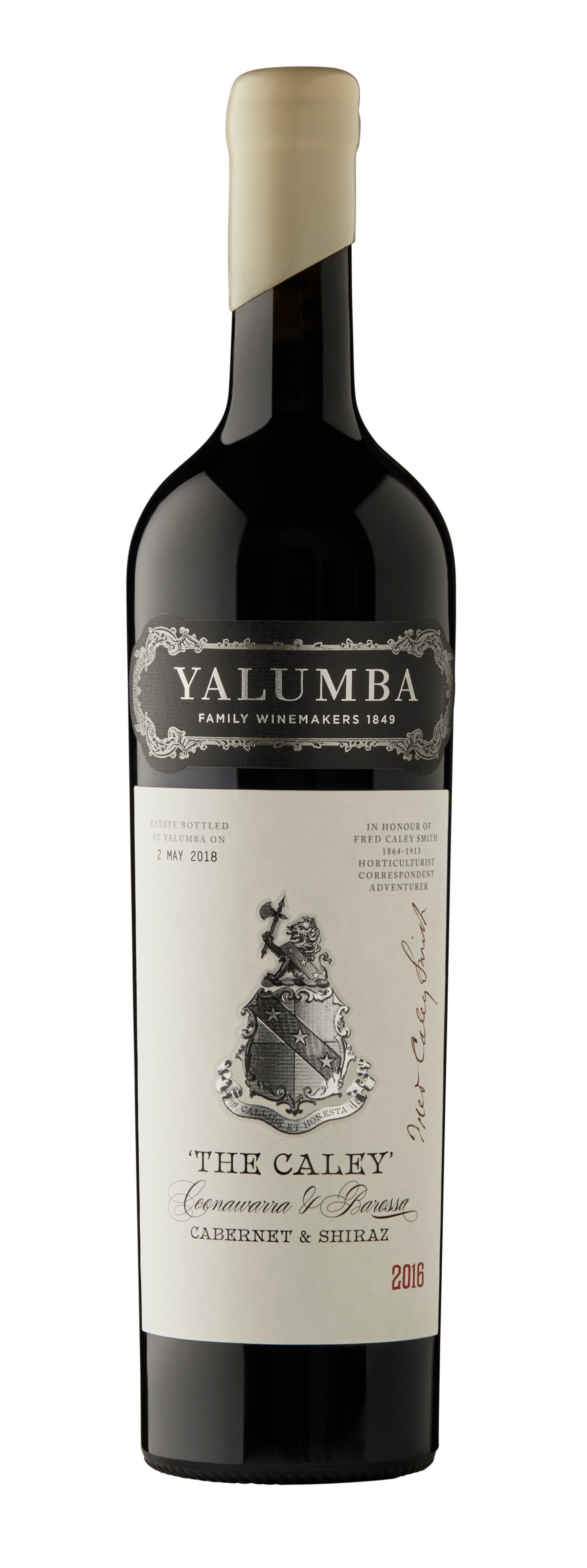
Coonawarra-Barossa / 14% / $365
The fifth release of Yalumba’s “super-claret” features 71% Coonawarra Cabernet Sauvignon and 29% Barossa Shiraz, including 4% from the Smith family Horseshoe Vineyard at the Yalumba Angaston estate. Immaculately blended by Kevin Glastonbury, the wine weaves sophisticated Coonawarra mint and chocolate notes with a rich juicy palate, red and darker berry flavours entwined, tannins evenly integrated, connected and supportive. Sophisticated, drinking delightfully now yet with 15-20 years ahead of it, given the eloquent maturation of its predecessors.
Terre a Terre Crayeres Vineyard 2018 Cabernet Sauvignon Shiraz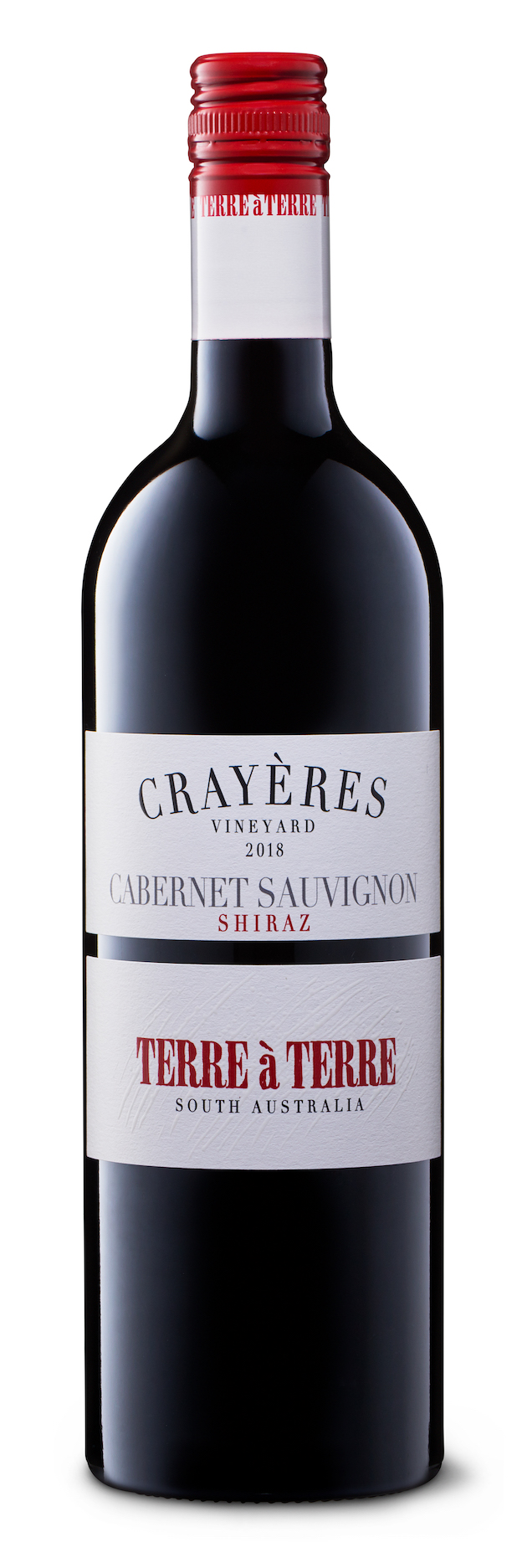
Wrattonbully / 14.5% / $50
French pedigreed winemaker Xavier Bizot, now SA-based, makes his Australian statement. Cabernet sauvignon takes the lead here at 62% share with Shiraz 37% and Cabernet franc just 1%. Ripe black currant flavours in abundance, with a clever mix of barrel maturation, delivering an elegance to the overall glorious black fruit profile, the Shiraz adding mid-palate plumpness. Classic cab-shiraz tannins are neatly balanced, providing a fulfilling conclusion.
Springs Road 2018 Cabernet Sauvignon Shiraz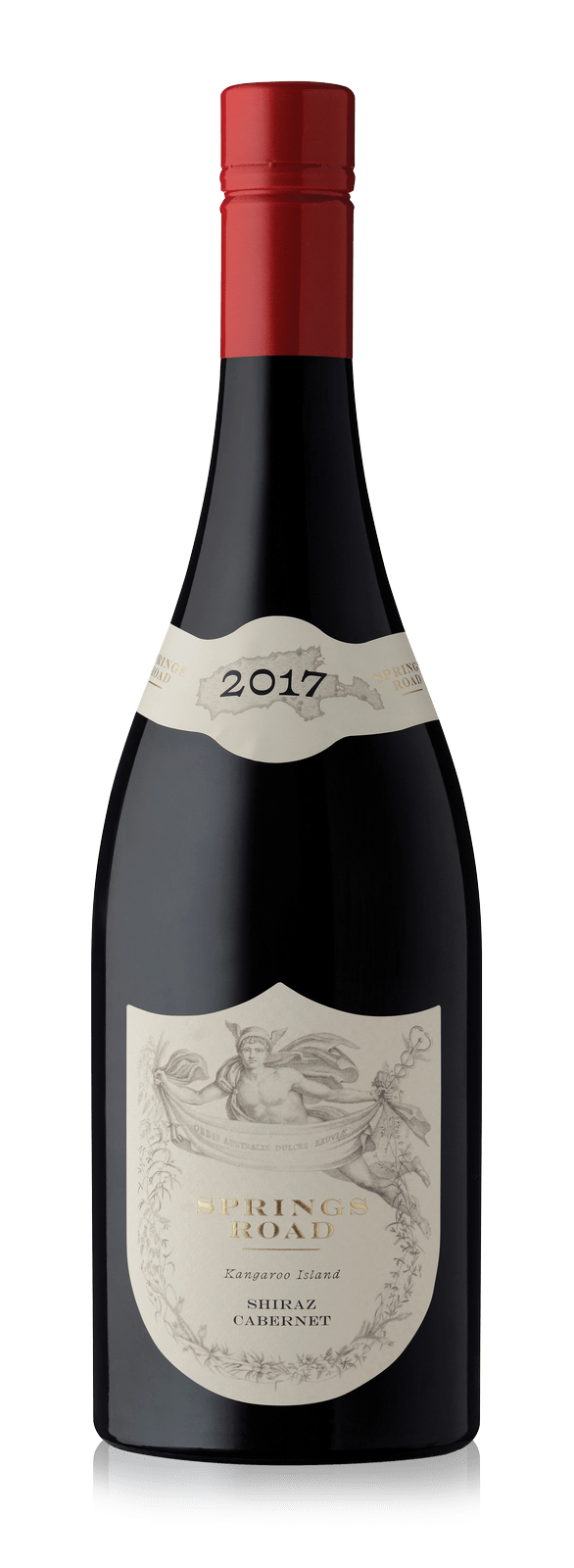
Kangaroo Island / 13.5% / $35
Proof that this blend is versatile across many regions, here adding extra appeal to the single varietals also available from the McLaren Vale-based, Bosworth family-owned KI site. The harmonious duet has decent weight, yet results in a more gentle, rounded style. The 75% Cabernet and mint note provides an inviting welcome, the palate satisfies with follow-on aromatics and plummy, spicy Shiraz fruit. Tannins play their part, with a medium-bodied finish that encourages the next glass.
 Heartland Spice 2017 Trader Cabernet Sauvignon Shiraz
Heartland Spice 2017 Trader Cabernet Sauvignon Shiraz
Langhorne Creek / 14.5% / $17
While there may be a lot of attention played to the luxury side of the Aussie claret business, the blend at its centre can also offer amazing bang for your buck in an everyday price bracket, often better than the single varieties can give. This is textbook Aussie Cabernet-Shiraz with the leafiness and black currant aromatics of the first variety enriched by a ripe plum fruit generosity in the palate. Dusty, tannins, peppery spices round out the finish. The value is mad, really.
Want more? Read all of our wine reviews here.




